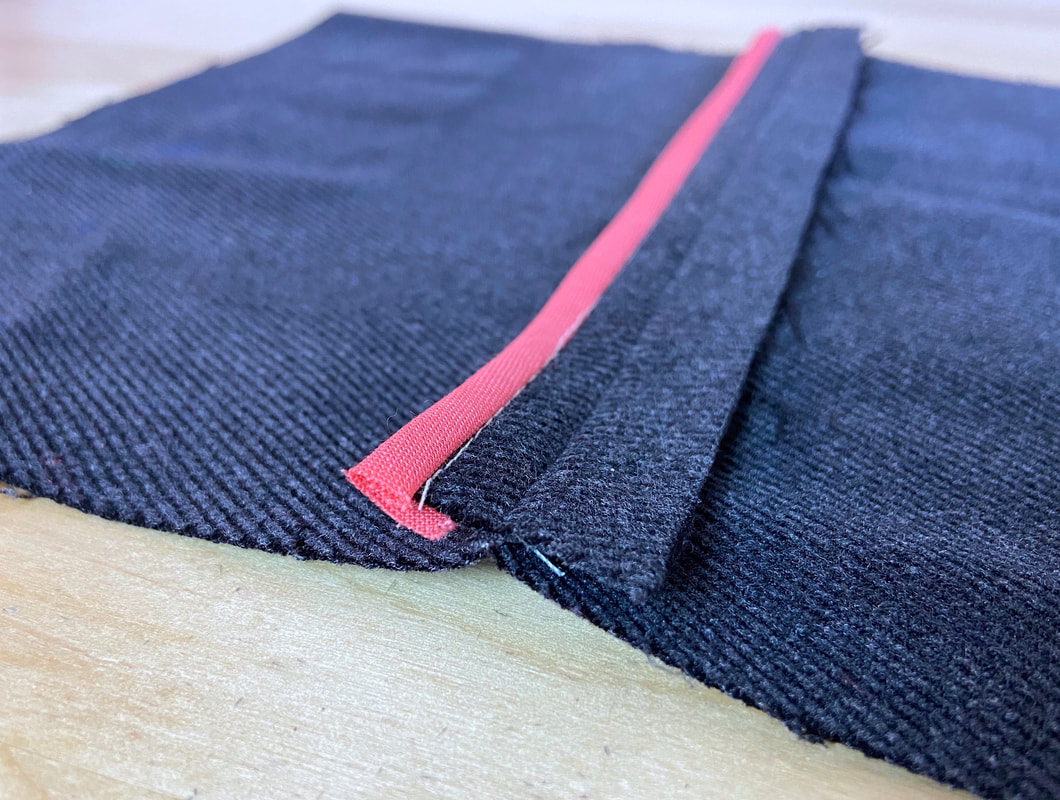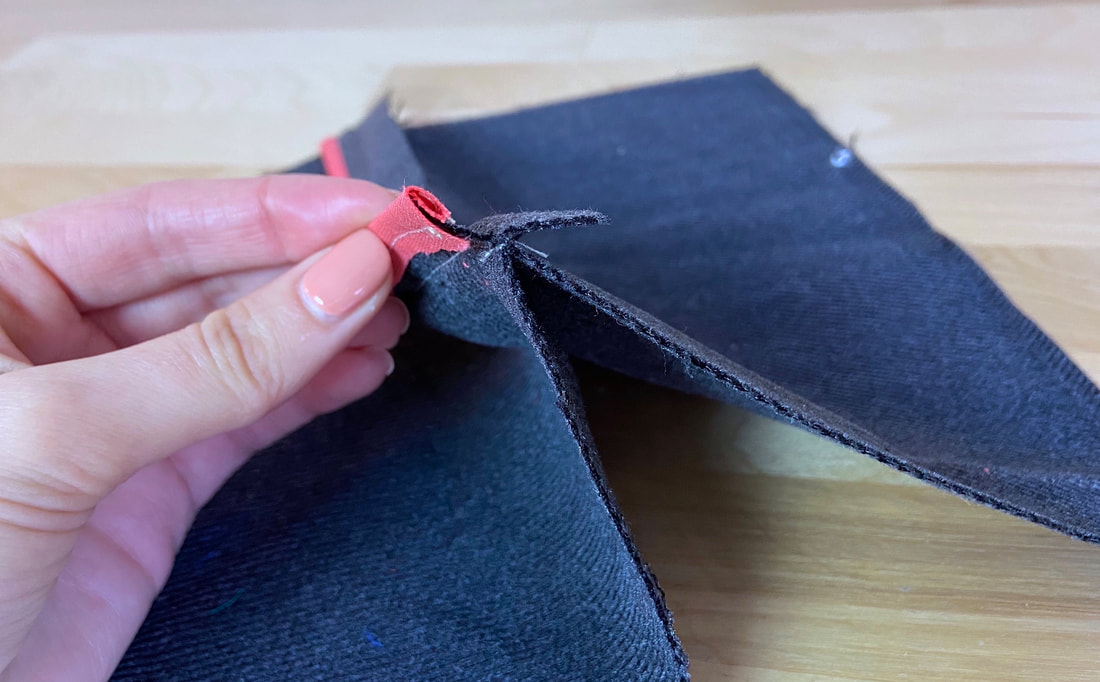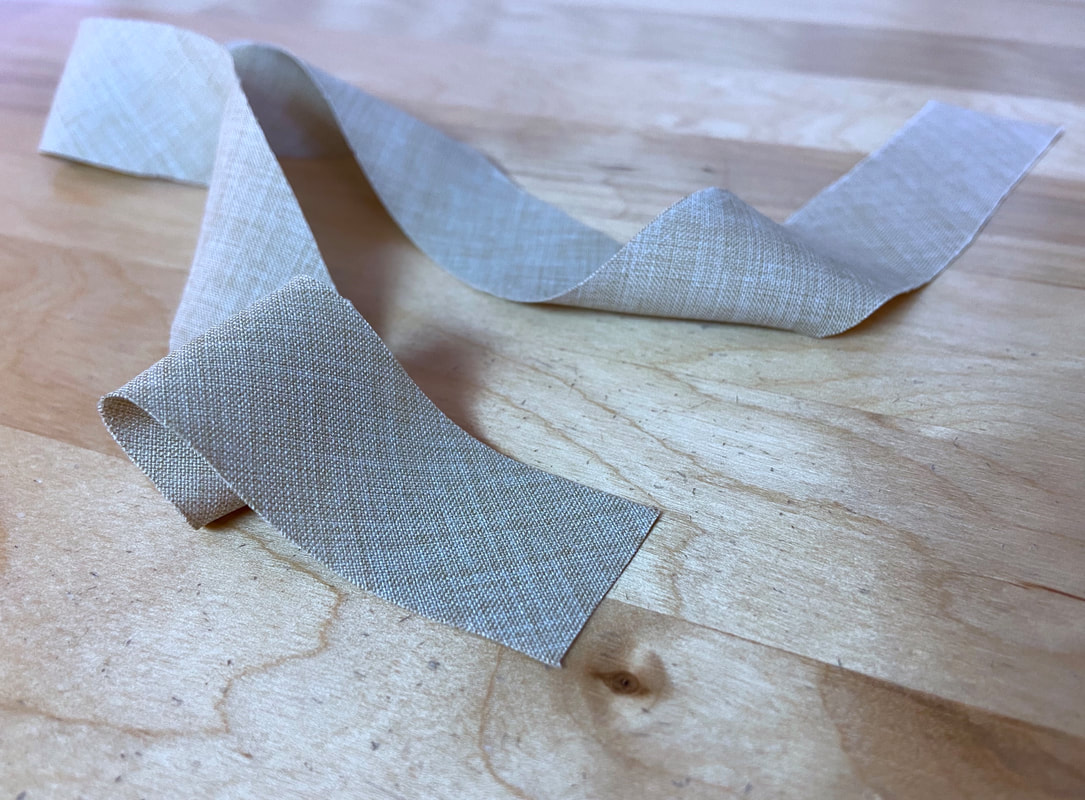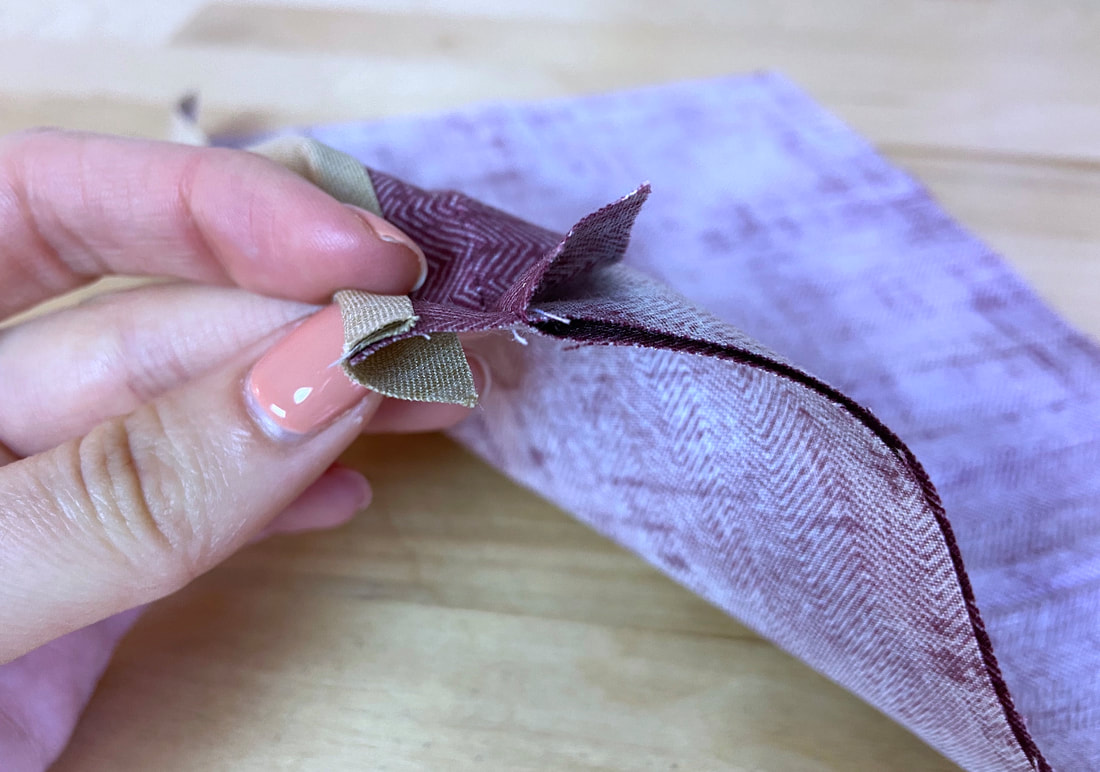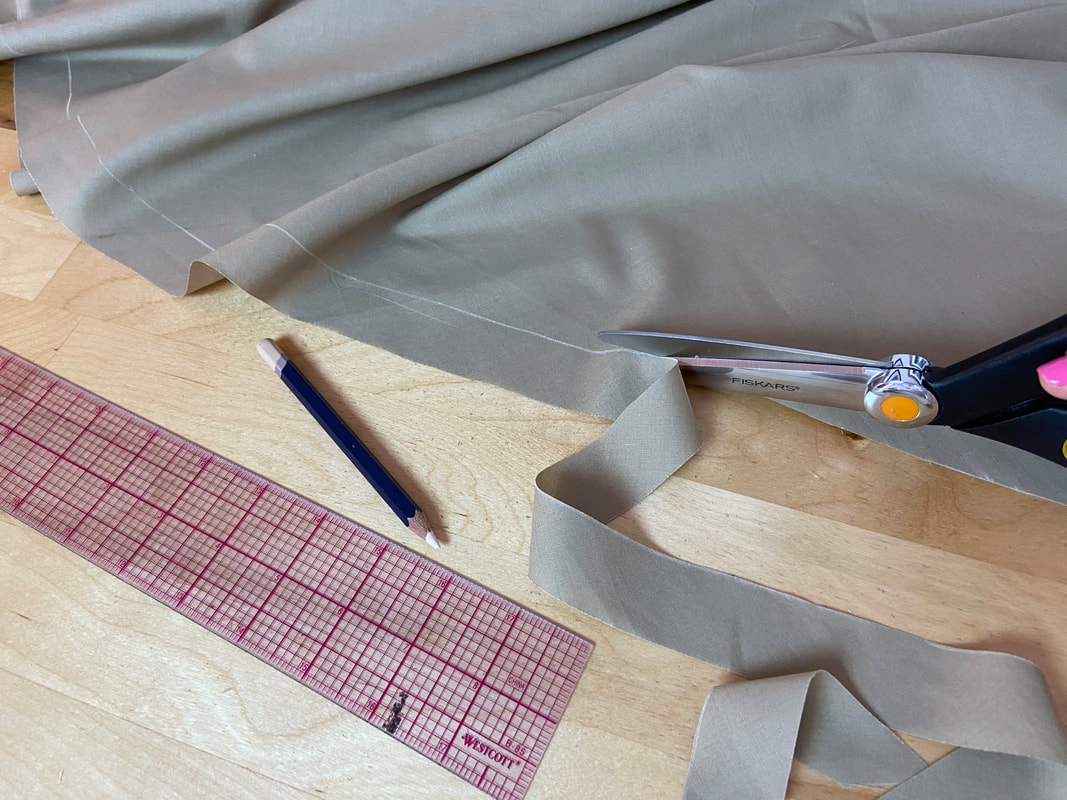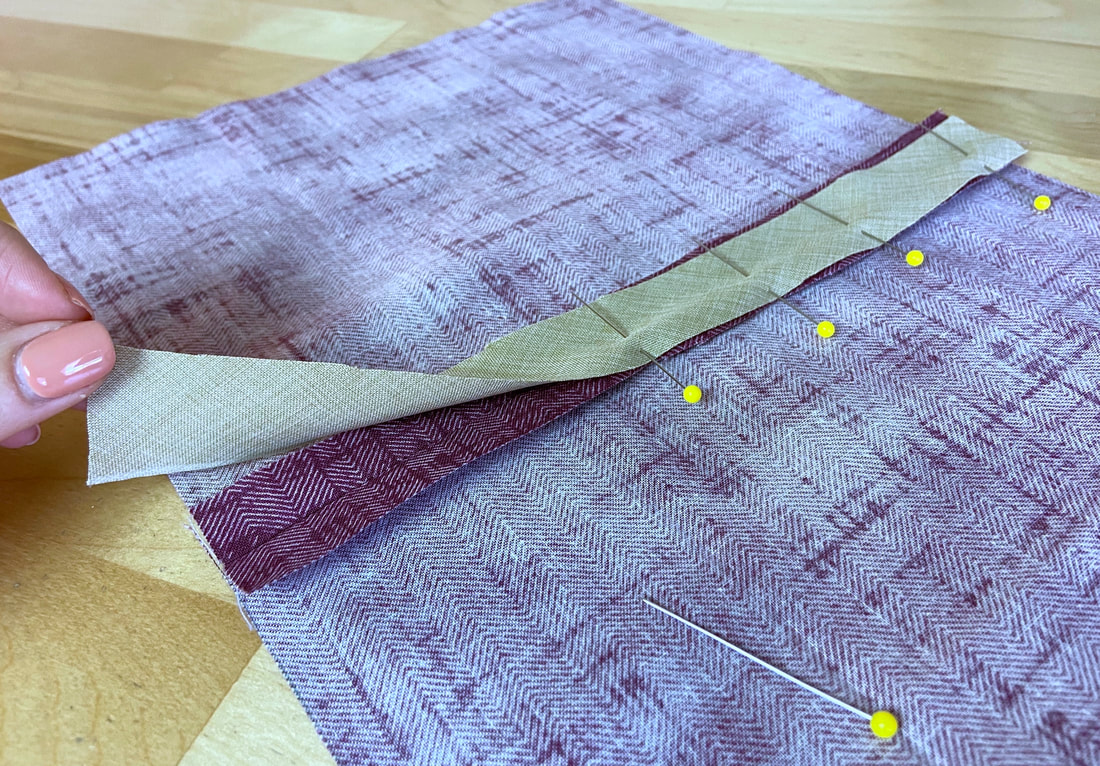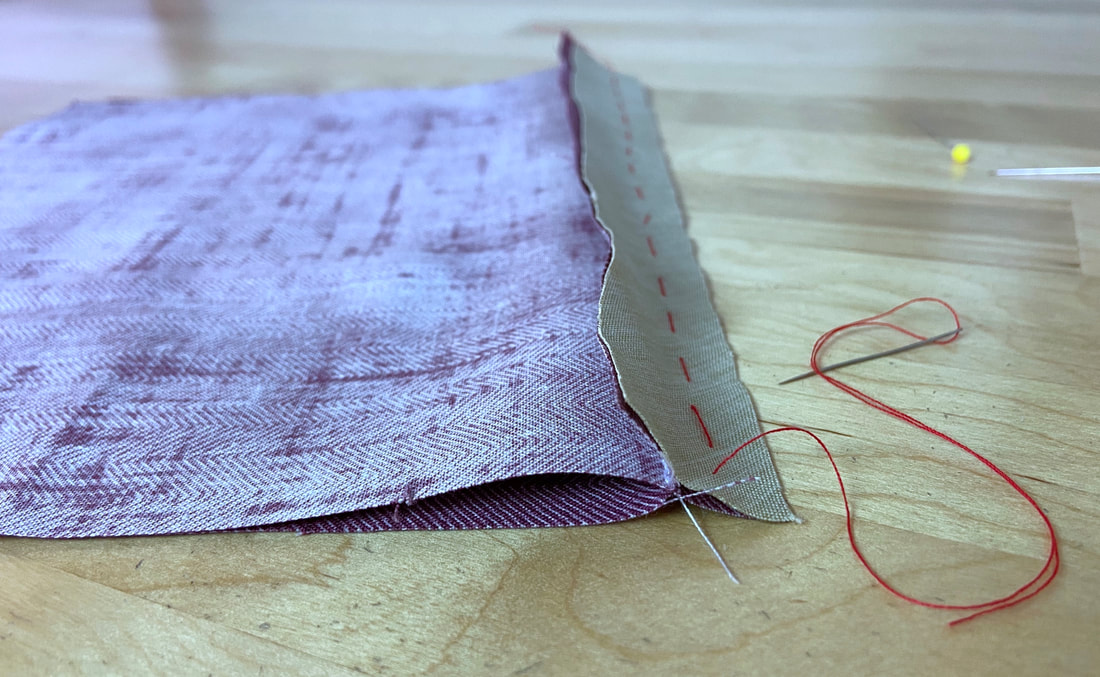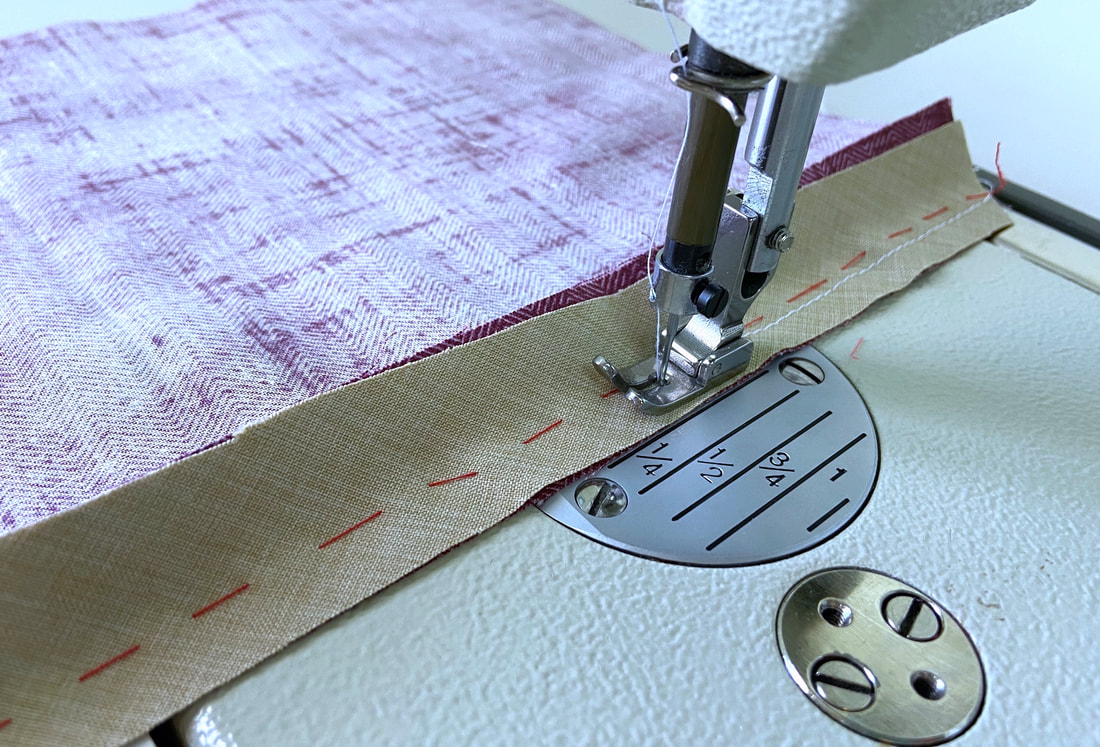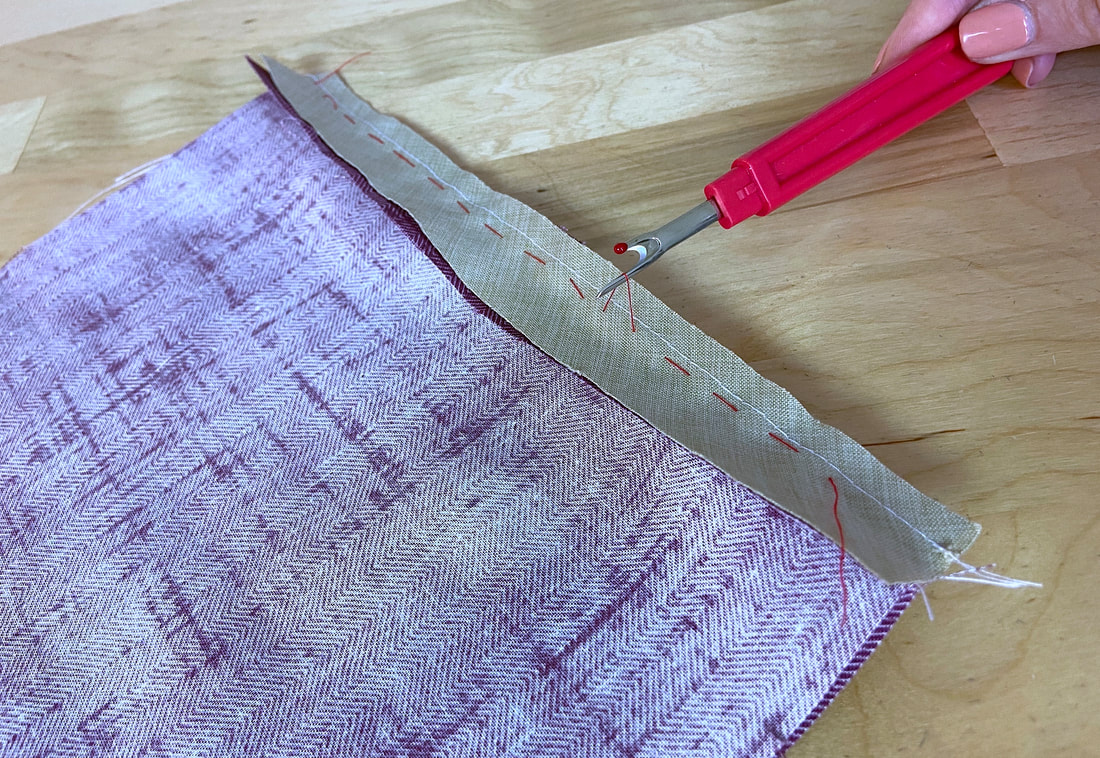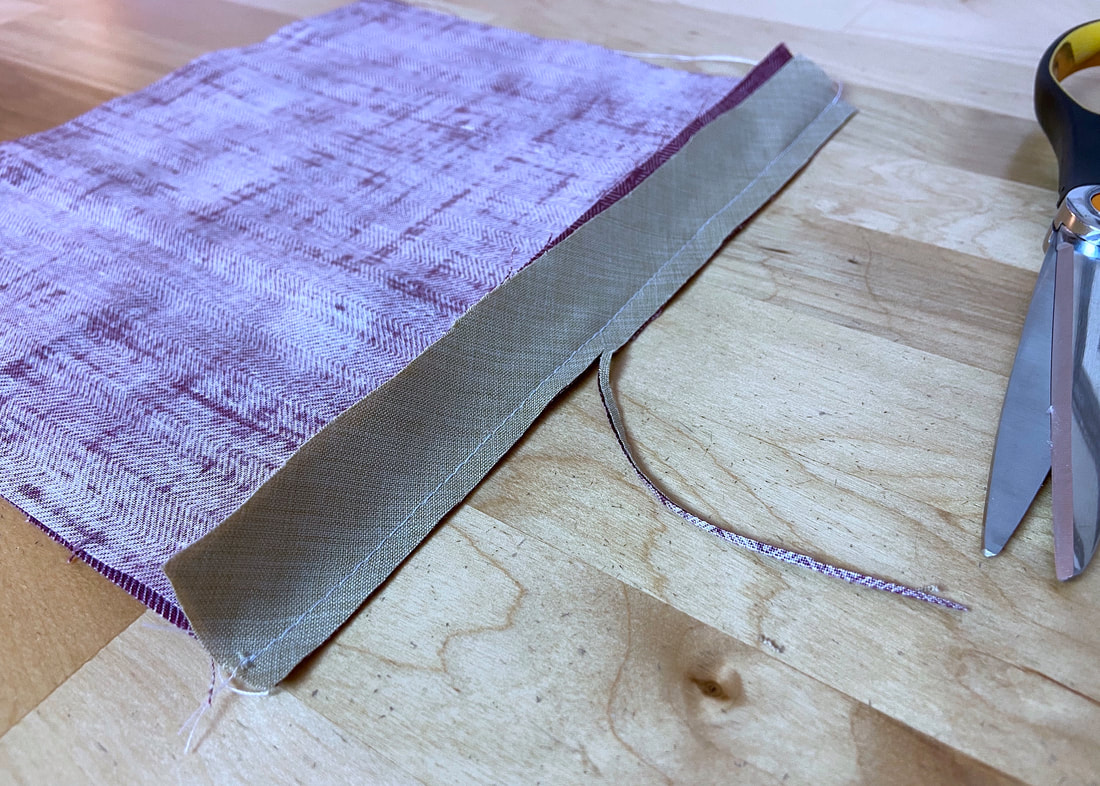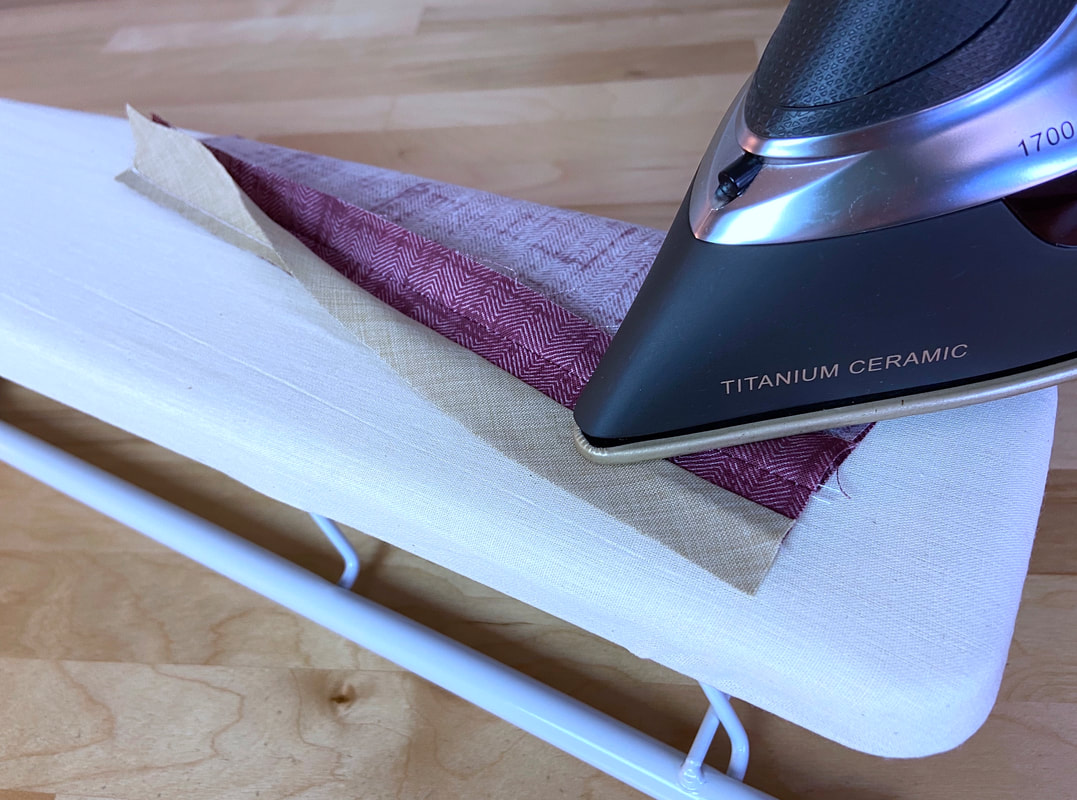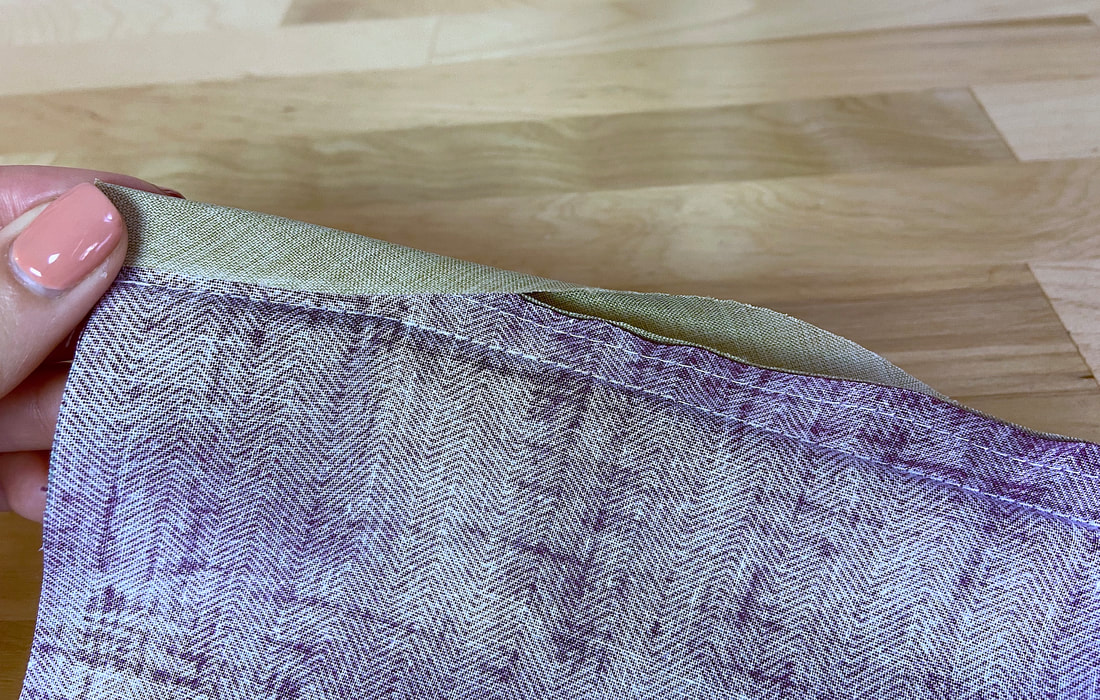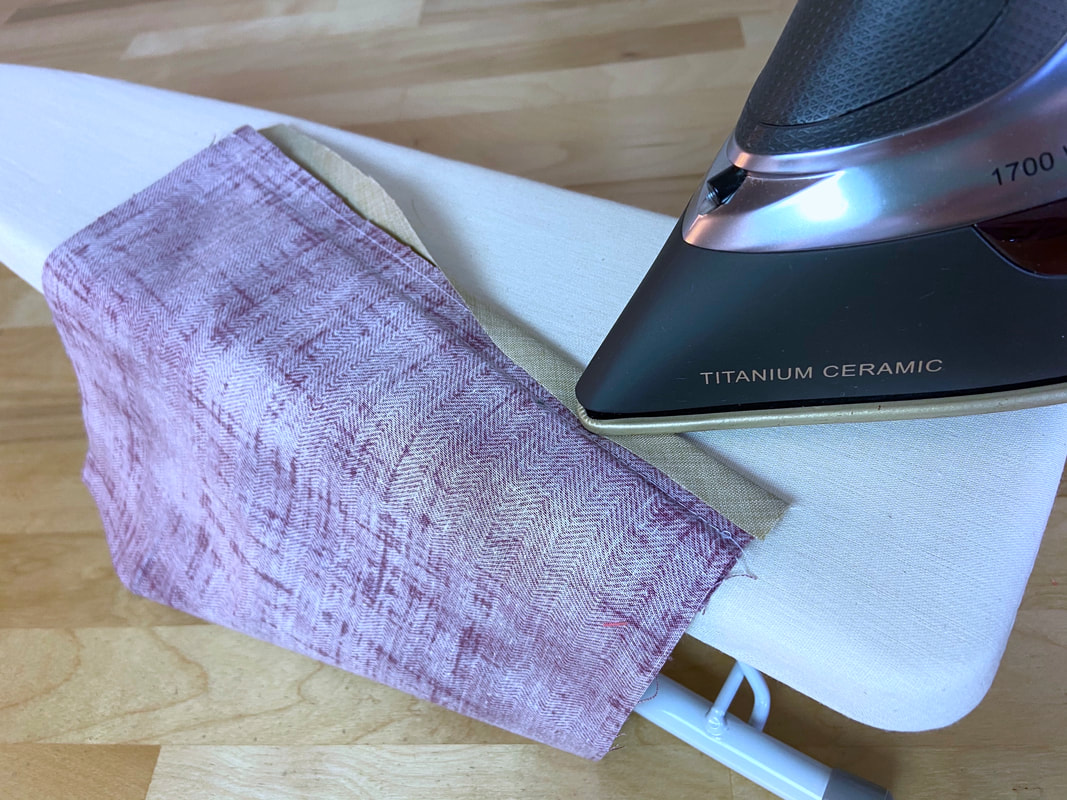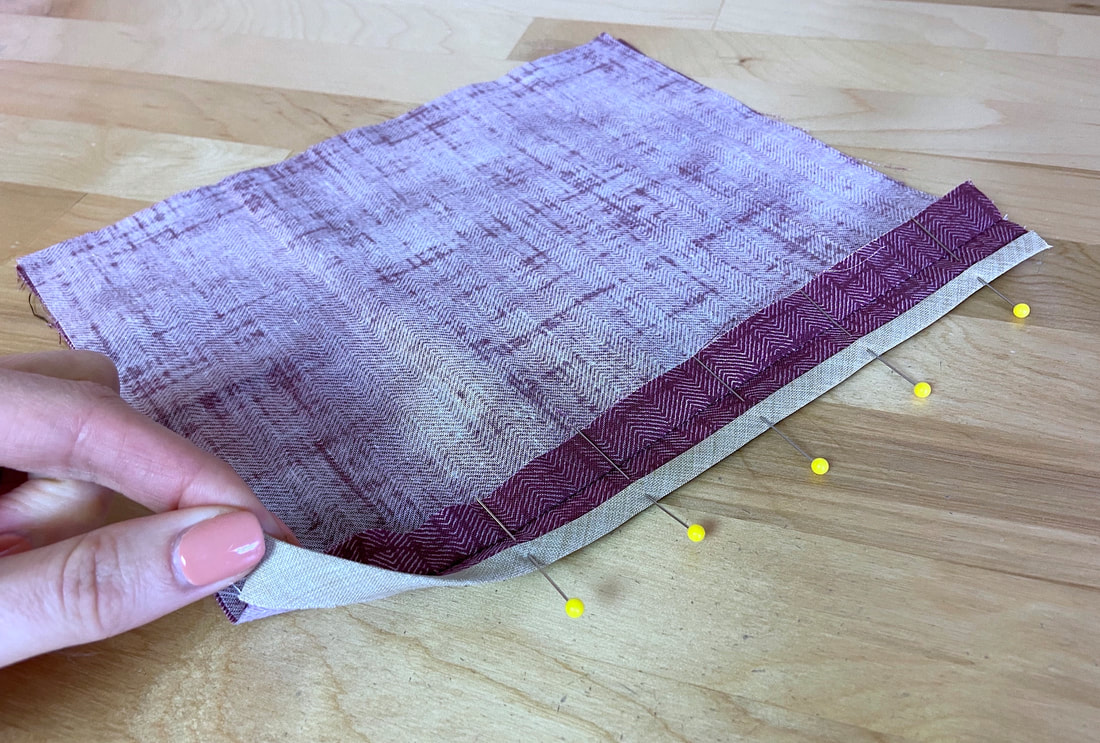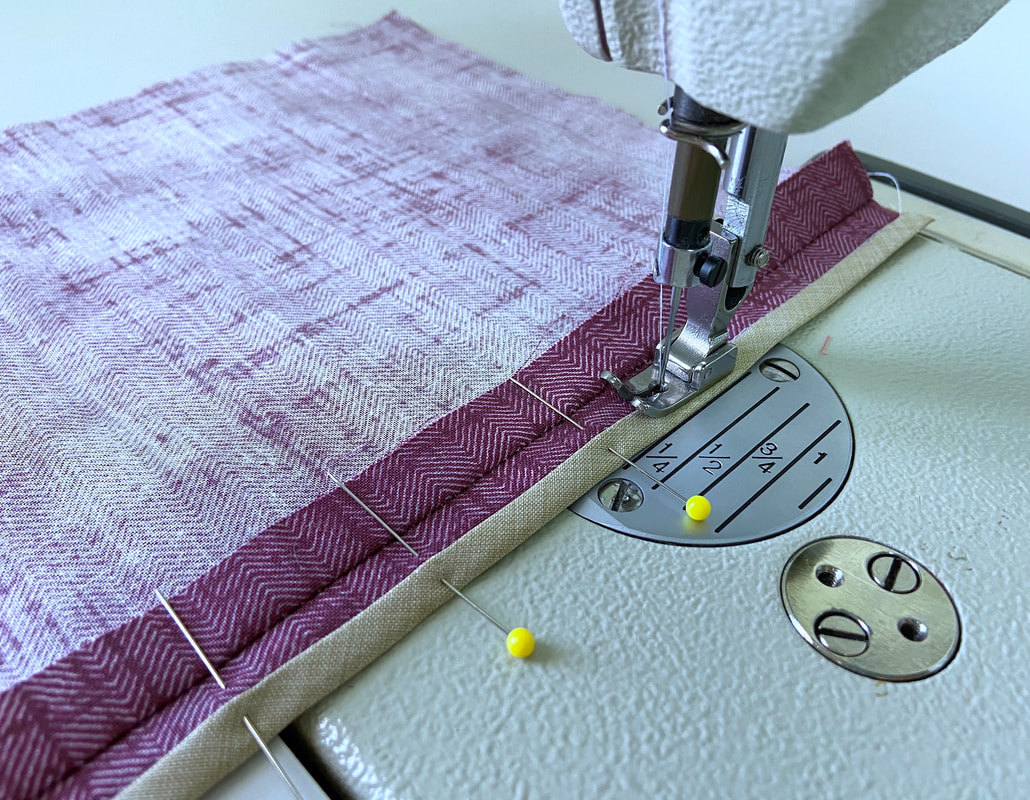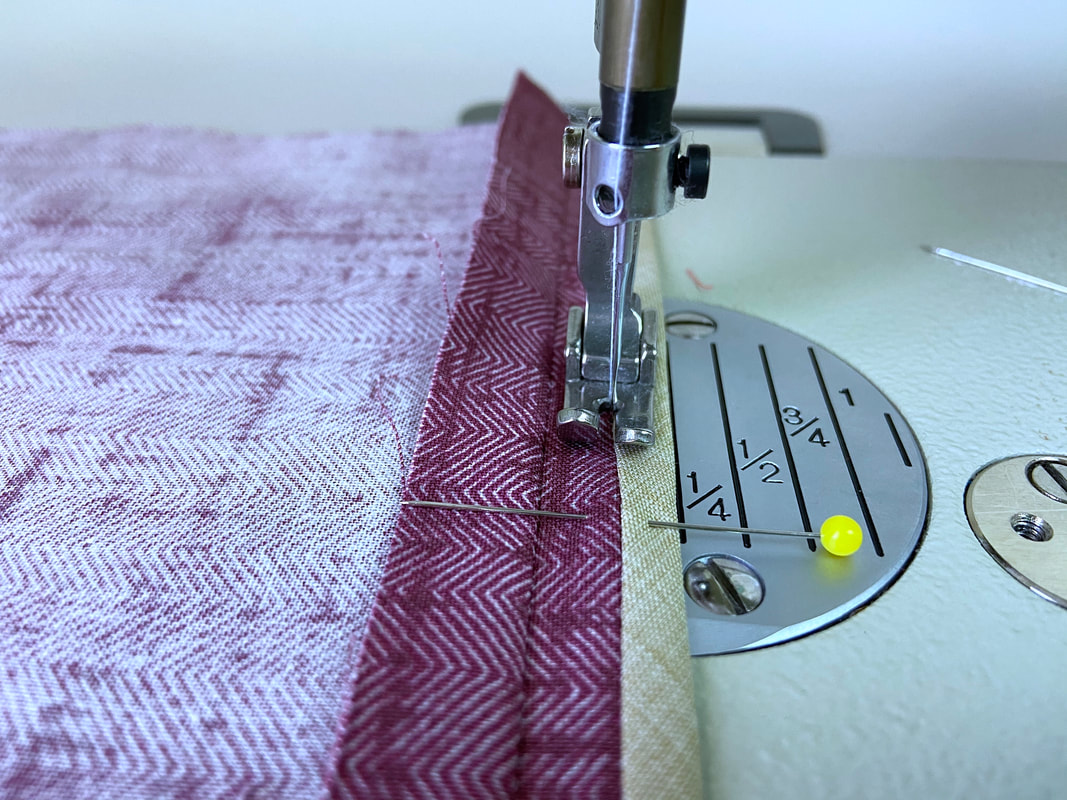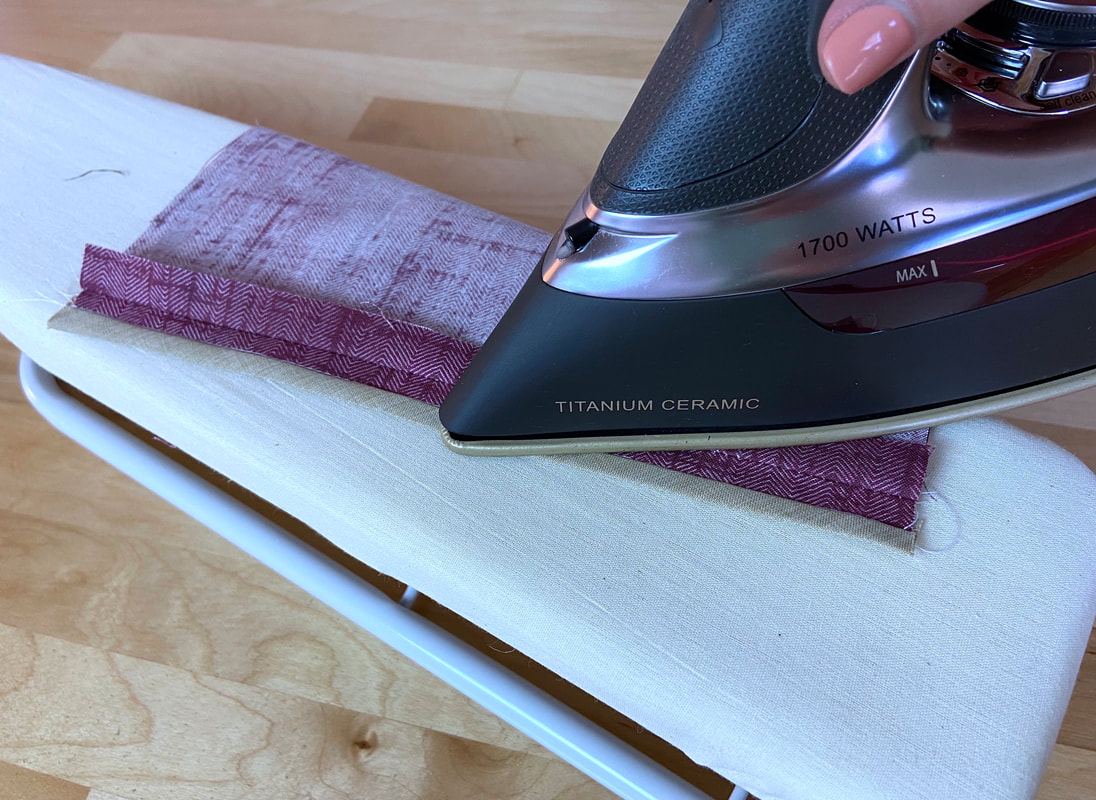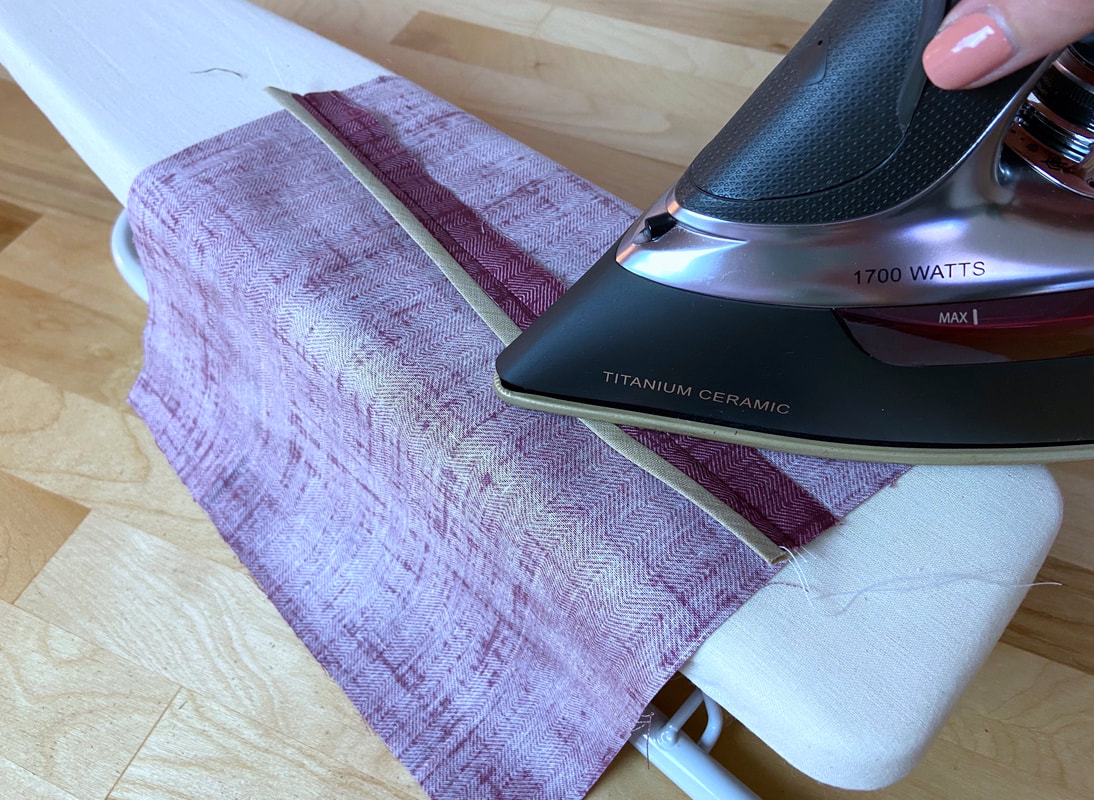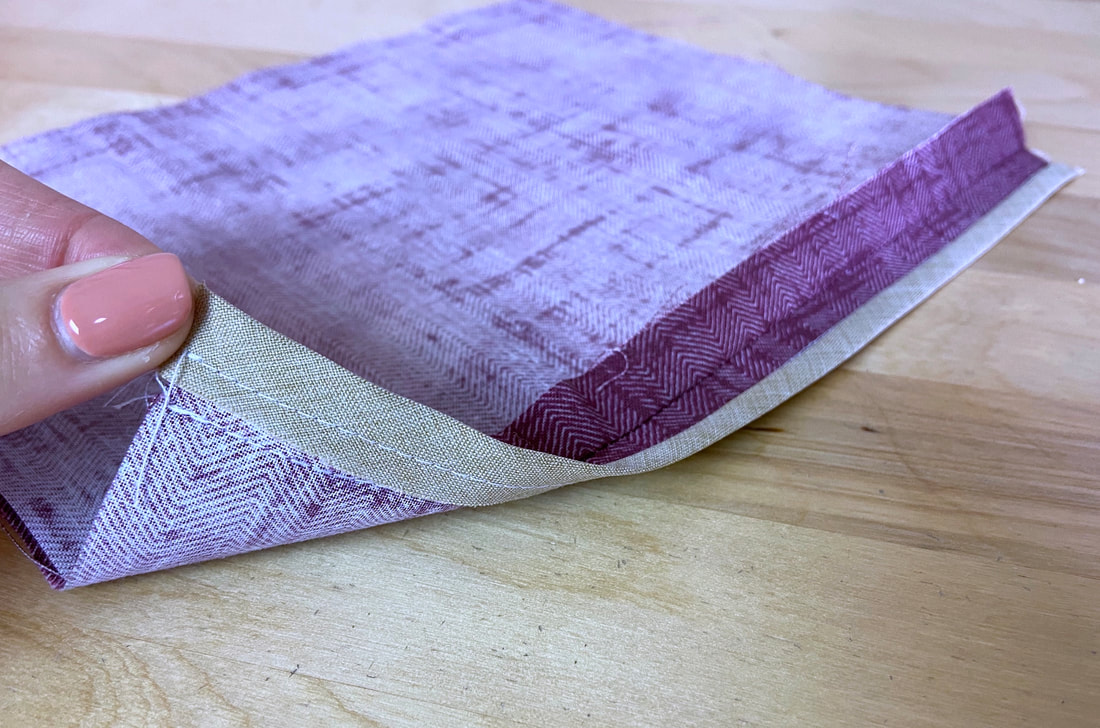What Is A Hong Kong Clean-Finishing Technique
A Hong Kong finish is a great alternative to bias binding. It requires the use of a long bias fabric strip which similar to binding, wraps the fabric edge to enclose it. Luckily, the bias strip does not need to be pre-folded, thus it is easy to measure and cut at home.
The Hong Kong seam finish works great for thick fabrics that cannot withstand a regular bias binding. Heavier, thicker seam allowances work better with wider bias strip finishes similar to those used in the Hong Kong application.
This unique finish also allows a lot more versatility in terms of which fabric you can use for the bias strip. Similar to binding, you should always cut the fabric strips on the bias in order to ensure a flexible, semi-stretch application that comfortably molds to curved and irregular edges.
Since it fully encloses seam allowance edges, a Hong Kong finish is used on internal seam allowance layers that are visible when the garment is open. Best examples include unlined jackets and coats.
At first glance, it looks like a binding finish. However, if you flip the seam allowance edges to expose the underside, you will notice that bias strip edge is left raw instead of folded as you would in a conventional binding application.
While it does not fully enclose one of the bias strip’s raw edges (as shown above), a Hong Kong finish is much faster and simpler to apply than binding. However, it is recommended that the bias strip fabric is either low-fraying or does not fray at all. This ensures that the strip’s cut edge, located on the underside of the seam allowance, does not unravel with continued wear and wash cycles.
One of the biggest reasons a Hong Kong seam finish is more versatile and convenient than regular bias binding is the fact that you don’t have to account for folding the bias strip prior to the application process.
You can also cut this bias fabric strip much wider than regular bias binding. That being said, you should always ensure that the width of the fabric strip used in your Hong Kong application is long enough to securely enclose the seam allowance edges but not so wide that it adds unnecessary bulk to the seam.
Aesthetically, the separate fabric used to enclose seam raw edges should either be the same thickness, or preferably thinner than that of the garment. Traditionally, the bias fabric strip matches the color of the fabric, but this does not mean you can’t use a contrast color/print as long as it is the appropriate width and thickness for the garment at hand.
How To Apply A Hong Kong Finish To A Straight Seam
In the example below, the seam allowance is ½” wide.
1. Cut a 1”-wide strip of fabric on the bias (diagonal to the fabric’s selvage edge).
Use a clear plastic ruler and quilting pencil (or tailor’s chalk) to mark and cut the fabric strips as needed.
For more information of cutting fabric strips on the bias, follow the steps in this tutorial: How To Sew Continuous Bias Binding
2. Align the bias fabric strip to one of the seam allowance layers with face sides touching and the lengthwise edges perfectly matching. Insert pins horizontally to keep the two fabric layers together as you would with any regular seam.
It is also recommended that you hand baste these layers in place for extra stability during machine stitching, especially if you are a sewing beginner.
3. Stitch the strip to the seam allowance layer at ¼” away from the edges. Since the total seam allowance in this example is ½”, we are attaching the bias fabric strip about halfway through the seam allowance edge.
Remove the temporary hand basting, and trim the seam allowance down to minimize bulk.
4. Iron the seam, applied in the step above, from the right side of the application with the bias strip pointing away from the garment as shown.
5. Next, fold the bias fabric strip over the seam allowance edges to fully enclose them. Iron this fold to set the crease line.
6. Insert pins and/or hand baste the folded strip to secure it in preparation for machine stitching.
7. From the face of the seam allowance, stitch right next to the bias strip seamline capturing the bias fabric strip layer underneath.
As you stitch, use the seamline as a guide, but do not stitch directly through all the bias strip layers. You should only be stitching through the seam allowance and single bias strip layer underneath a shown in the image above.
As a final step, give the seam allowance layers one last press.
9. Iron the finished seam such that the seam allowance layers hide the bias strip’s raw edges underneath.

